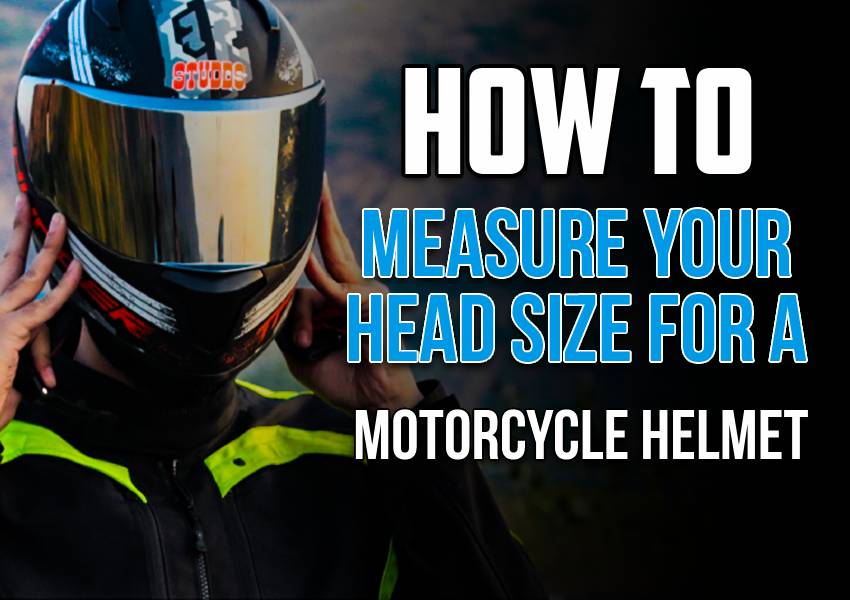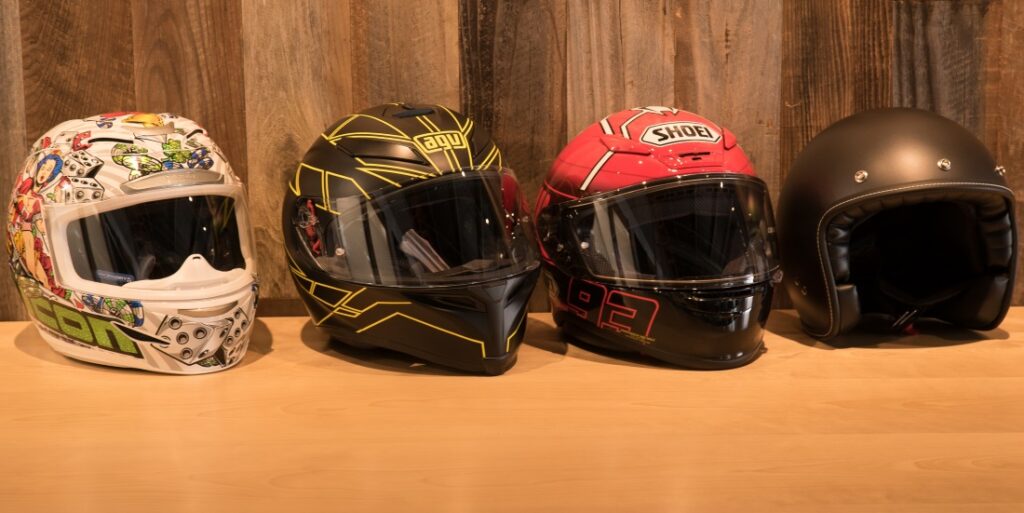
The most important safety measure for motorcycle riders is to use a helmet. It not only protects their head in the event of an accident but also decreases their risk of succumbing to brain injuries. No other single piece of motorcycle good provides more protection, or more return on investment than the perfect fit…and that’s why we’ve created this guide to help you find your perfect motorcycle helmet size!
A good quality motorcycle helmet will protect your head from injury in case something goes wrong on the road. Before you buy a helmet, you need to think about the measurements for your head. It can’t be too loose or too tight. It’s best to measure your head with an adjustable measuring tape so that after you have identified the motorcycle helmet size, you can find a helmet in your preferred style and color.
What You’ll Need
Table of Contents
There are two main ways to figure out which motorcycle helmet size you need. One method involves measuring the circumference of the head at various points around the perimeter of the head. Another method uses an adjustable tape measure to take multiple readings from the top of the ears to the base of the neck. Both methods work well when properly applied. However, there are some drawbacks to each approach. For example, using a tape measure may result in inaccurate results due to improper placement of the tape.
To begin measuring your head’s correct size, The most basic tool that you should always keep on hand is a tape measure because it’s easy to use and exceptionally flexible. If you don’t already own one, then you may want to purchase one as soon as possible.
Next up, you will also need something to mark off where you place your measurements.
Take The Measurement
Once you’ve acquired your measuring tape, take note of where on your head you want to make the measurements. For example, if you plan on wearing a full-face helmet, then you should place the tape over your forehead. If you wear goggles instead, then you would put the tape under your chin. Once you know which area you’d like to use as a reference point, start by wrapping the tape around your head starting at that location.
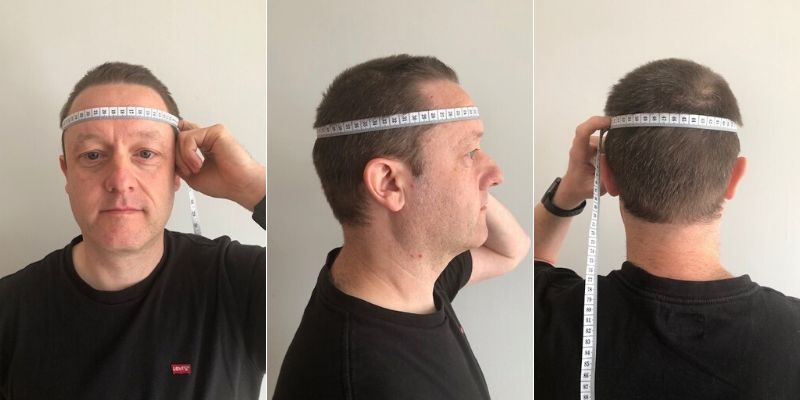
Shape
There are three basic types of motorcycle helmets; full-face motorcycle helmets, open-face motorcycle helmets, and half-shells motorcycle helmets. Full Face helmets provide maximum coverage over all areas of the skull while providing ventilation through vents located at the rear of the helmet. Open-Faced helmets offer minimal coverage around the sides of the head and do not ventilate as well as full-face helmets. Half Shell helmets offer limited coverage around the top and back of the head and also lack adequate ventilation.
Know Your Head Shape
The shape of your head plays a huge role in determining what kind of motorcycle helmet works best for you. If you have a rounder-shaped head, then you will likely be better off purchasing one that has rounded edges. On the other hand, if you have a square-shaped head, you will probably prefer helmets that feature sharp corners.
If you don’t know which shape perfectly fits you, take some head measurements.
Helmet Fit

If you are unsure what type of motorcycle helmets shape you have, here is a quick reference table showing some popular types of heads along with their corresponding motorcycle helmet sizes. Note that these size charts do not show all possible variations within each style. For example, there may be differences in the width of the chin strap depending upon whether the helmet was designed for a short face or a tall face. Also, note that many styles offer multiple options for visor placement.
How Tight Should A Motorcycle Helmet Be?
The most critical aspect of finding the right-sized motorcycle helmet is ensuring it does not pinch your face too tightly. It should sit comfortably over your ears without feeling like it is cutting off circulation. When trying on a new helmet, make sure it feels tight around your forehead and cheeks before putting it back on. Also, note if any areas feel uncomfortable.
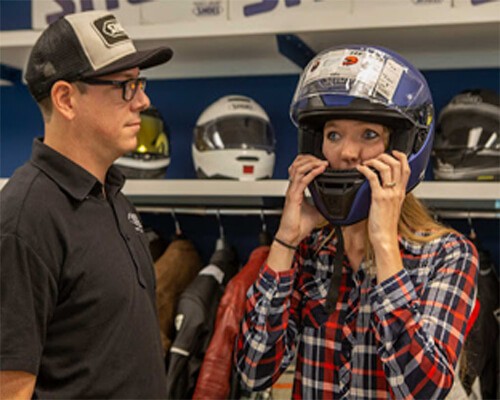
If you’re unsure about what motorcycle helmet size works best for you, we recommend visiting a local motorcycle shop to take measurements.
Types of Motorcycle Helmets
There are three main factors when considering whether a particular motorcycle helmet will work well for you: comfort and performance. Comfort refers to how snugly the helmet sits against the wearer’s head while performing daily activities such as riding, working out, sleeping, etc. Performance relates to how much freedom of movement there is within the helmet itself.

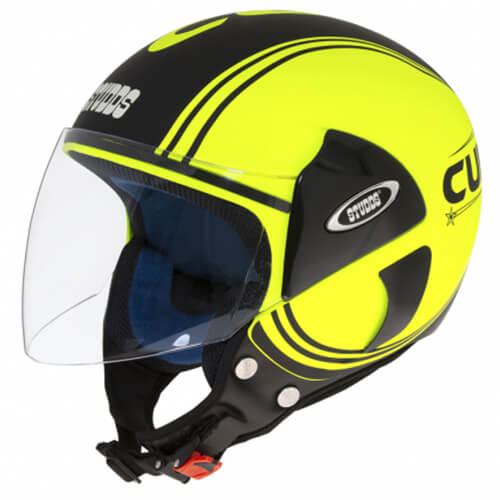
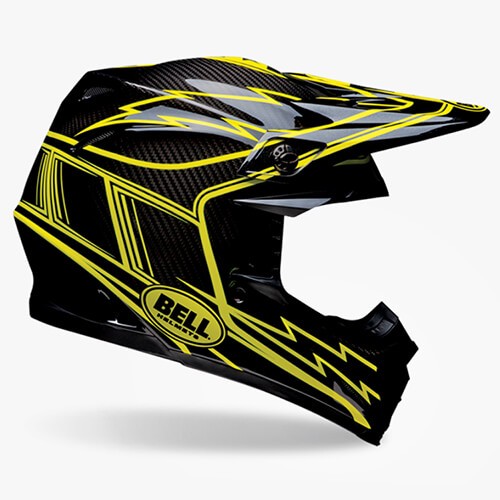
The type of motorcycle helmet you choose depends largely upon what kind of riding you do. Full-face helmets offer better aerodynamics than half helmets because they cover more areas of your face some riders prefer a full-face shield because they feel safer having all their vision covered up. Open face helmets tend to be lighter weight and less expensive than full-face helmets. Off-road helmets typically feature larger vents and openings so that
Check Safety Ratings
- Provides excellent visibility
- Allows airflow
- Helmet Dot Approved
- May increase comfort due to lack of facial coverage
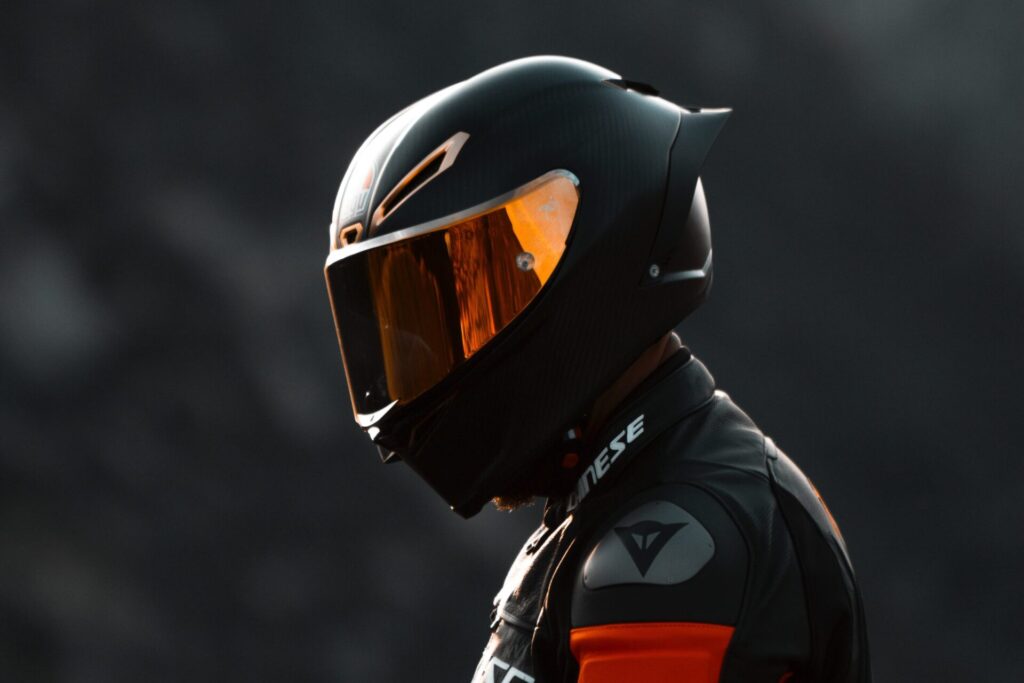
Conclusion
There are many factors involved when purchasing a new motorcycle helmet including style, brand name, material type, color options, etc., however, there are two key elements that determine whether a particular helmet will work well for you: 1.) Head shape 2.) Correct size / Properly Fitting the Helmet Headshape refers to the overall shape of the head.
